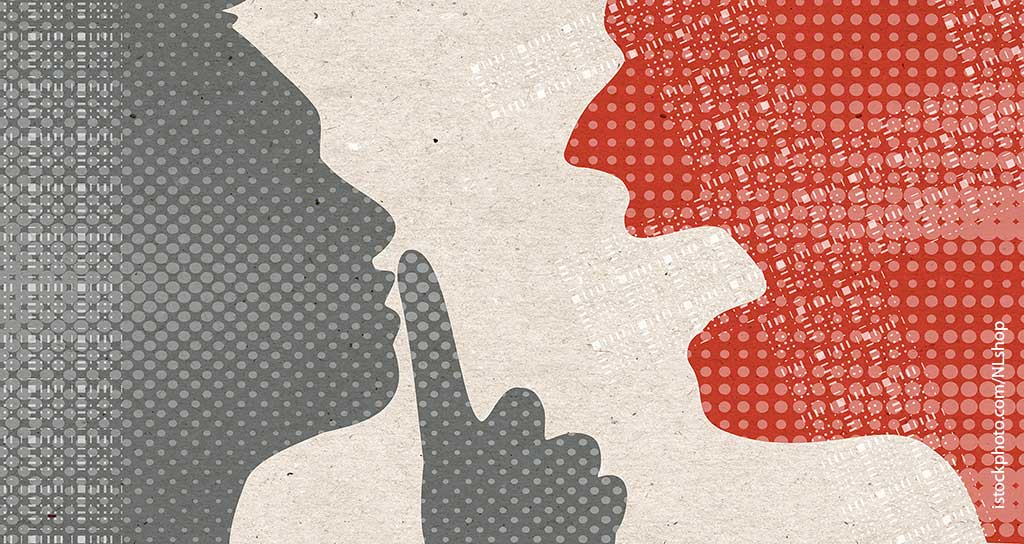Tone policing is when someone tries to diminish the validity and importance of a statement by attacking the tone in which it is said and presented, instead of the message itself. This diversionary tactic is used everywhere—households, educational institutions, workplaces and most significantly in cultures of protests by people high up on the “privilege ladder”. It is yet another tool used to protect privilege instead of understanding the structures of oppression that exist in our society. Naming something and knowing what it is, is the first step towards fighting it.

What Does It Sound Like?
“I wish you would say that in a nicer way.”
“Your language is hateful and divisive.”
“This isn’t the time or place for you to express your emotions.”
“You cannot speak to me in that tone.”
“You’d have a lot more people on your side if you weren’t so rude.”

Also read: Being An Anti-Caste Ally—5 Things To Keep In Mind
Why Is It Wrong?
The privileged like to avoid conversations that make them feel uncomfortable or ashamed. The ones who tone police like to remain oblivious and use the status quo to their advantage. Being subject to injustice is infuriating and the last thing anyone wants to hear is how their emotional response to it is wrong or could have been more nuanced. Tone policing renders a perfectly valid complaint irrational.
Someone who speaks up, requires a lot of courage to do so and usually has a deep understanding of the oppression they face. The marginalised have to suffer and are afraid to speak up because no one is ready to believe them or hear their stories. They are often labelled as uncivilised. Tone policing only further oppresses the already marginalised people.

Learn And Unlearn
The right reaction is to listen, check where and how you went wrong and do better in future. Don’t be quick to condemn the anger, instead examine the root of the problem. Place your priorities on the right path. Focus should be on the issue and not the tone in which the issue is expressed.
Anger, frustration and pain are valid emotions. You are allowed to be angry and emotional when you are being mistreated. You do not owe anyone any sort of explanation and it doesn’t make you unreasonable or rude.

Also read: It’s Time For Queer People To Stop Policing One Another
We need to speak up, not only for ourselves but also for others. By calling out and speaking up, we make sure that the truth isn’t silenced by those who are in position of power. It makes sure that we aren’t being compliant in the bigotry.
References
Featured Image Source: Femmagazine
About the author(s)
A student of Economics who can be found in streets of Delhi looking for art and good pancakes. Shambhavi hates sugar in her coffee as much as a man telling her what to do.





It is possible to communicate an emotionally charged message without getting emotional if you first validate the emotion and then speak / respond. . Emotional can become reactive and brings into play actions and words which are aggressive . Why should aggression replace assertion? Rising tone is seen in emotional and psychological abuse. Is it the solution? Everyone screaming? This is definitely not going to encourage dialogue and what we should be looking atinstead, is to not allow tone policing to completely shut us up for all the reasons you have given.